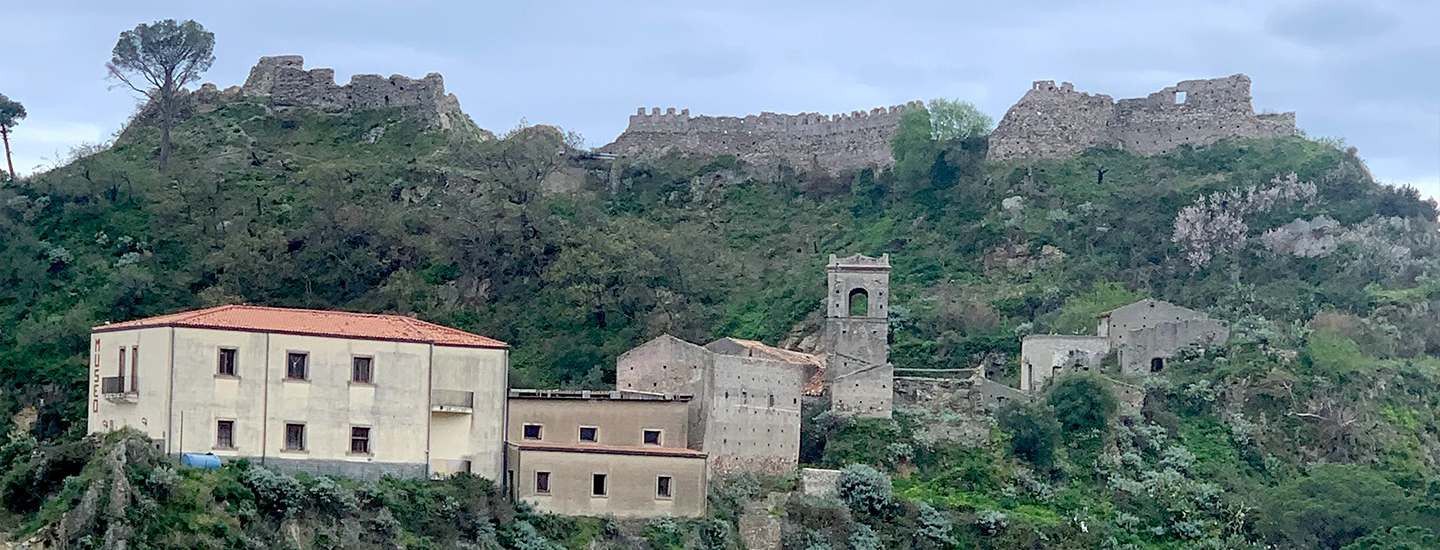Italian beauty spots boosted by the National Plan for Recovery and Resilience

Remove the architectural, physical, cognitive and cultural barriers in the archaeological area of Naxos and its archaeological museum, following the precepts of universal design, so that people can enjoy the site, regardless of age, disability or other factors.
The site attracts about 20,000 visitors annually, excluding the pandemic years. The objective is to work through targeted and inclusive actions and carefully thought-out events to intercept a section of the people visiting the nearby Ancient Theatre of Taormina (about 900,000 a year), managed by the same body.
The archaeological area is located in Schisò, Giardini Naxos, one of the most popular sea-side resorts in eastern Sicily, and is at the heart of cultural events in the district. Today, a wide section of the population is excluded from this site because of physical and sensory barriers, hence the reason for the intervention. There is clearly the urgent need to place the archaeological area and museum under a PEBA (Plan for the elimination of architectural barriers), in order to monitor, design and plan the work needed to open this heritage site fully and safely to everyone.
The project will remove the barriers, but also carry out the work needed for all people to visit and enjoy the site autonomously, whatever their disability or vulnerability, applying a universal design approach.
Acting in collaboration with specialised research groups, and in the times set out in the National Plan for Recovery and Resilience (NPRR), the expectation is to draw up a ten-year plan so that both the area and the museum can reach their full potential. Alongside the planned interventions, there will be training sessions for the administrative staff and the arts and culture operators, to promote a culture of accessibility and help them acquire skills on the relative legal aspects, as well as on matters of reception, cultural mediation and promotion.




